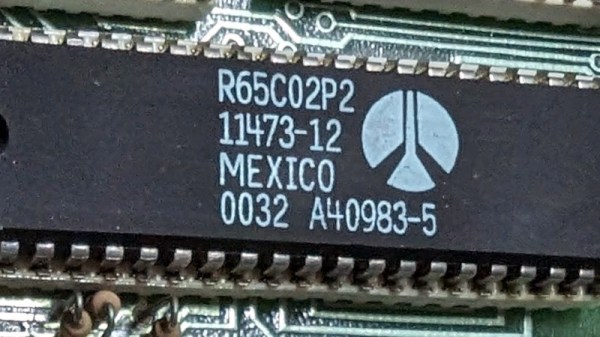The best kind of Hackaday posts are the ones where there was some insurmountable problem with an elegant solution devised through deep analysis of the problem and creativity. This is not one of those posts. I’m sure you are familiar with bit rot. You know, something works for a long time and then, for no apparent reason, stops working. Well, that has been biting me, and lacking the time for the creative, elegant solution, I decided to attack it with a virtual chainsaw.
It all started with a 2022 Linux Fu about using autokey.
The Problem
I use autokey to give me emacs-style keystrokes in Web browsers and certain other programs. It intercepts keystrokes and translates them into other keystrokes. The problem is, the current Linux community hates autokey. Well, that’s not strictly true. They just love Wayland more. One reason I won’t switch from X11 is that I haven’t found a way to do something like I do with autokey. But since most of the powers-that-be have decided that X11 is bad and Wayland is good, X11 development is starting to show cracks.
In particular, autokey isn’t in the normal repositories for my distro anymore (KDE Neon). Of course, I’ve installed the latest version myself. I’m perfectly capable of doing that or even building from source. But lately, I’ve noticed my computer hangs, especially after sleeping for a long time. Also, after a long time, I notice that autokey just quits working. It is running but not working and I have to restart it. The memory consumption seems high when this happens. Continue reading “Linux Fu: Stopping A Runaway”
















